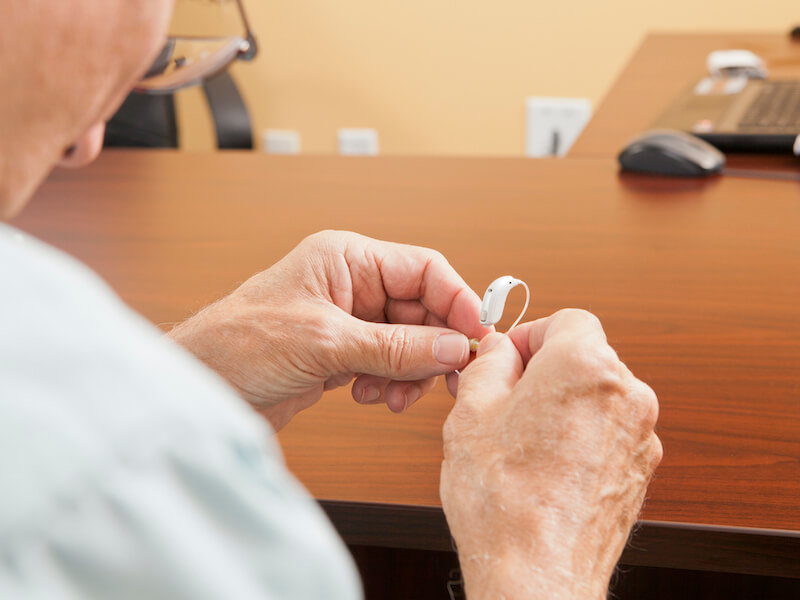
You take good care of your hearing aids. When you go to bed, you always put them comfortably on the charger and you clean them every day.
Suddenly and discouragingly, your hearing aids are no longer working the way they used to. There are a few things you can do to diagnose the issue, thankfully. Just remember: your main job is to refrain from damaging your hearing aid further (or you may need to replace them).
Troubleshooting your hearing aid
Naturally, when you first got your nice new hearing aids, you made a point of putting the owner’s manual in a safe place. Hopefully, you did so that you can check with your owner’s manual to undertake maintenance and troubleshooting. Each model of hearing aid can be somewhat different so it’s important to follow the manual’s recommendations.
On most models there are some other things you can check, here are a few:
- Look for noticeable damage: Do you observe any visible cracks or loose components around the shell of your hearing aid? Cracks, obviously, could indicate more significant damage (or let in moisture).
- Keep your microphone clear: Check your hearing aid to find out if anything is obstructing the microphone. A blocked microphone can cause feedback or can cause your hearing aids to sound broken or silent.
- Check your battery: Even if you know your hearing aids spent the night on the charger, you’ll want to double-check the battery power. If your hearing aid has replaceable batteries, it might be a good plan to check if those batteries are inserted properly or if a new one fixes the issue.
- Wax accumulation: Perform a visual check of your hearing aid to ensure that there is no wax accumulation interfering with standard operation. Wax can accumulate quickly even if you clean your hearing aids regularly so make it a point to double check.
Once again you can learn how to deal with each of these issues by referring to your owner’s manual. In some cases, you may be able to perform maintenance yourself.
When does my hearing aid need repair?
If your hearing aid continues to malfunction after you’ve performed basic maintenance and troubleshooting, it’s likely that your hearing aid will need to be professionally repaired. You need your hearing aids for almost every aspect of your life so this might not sound very appealing.
It’s certainly worth taking note that “repair” doesn’t always mean “send your hearing aids in for service and wait several weeks”. In some cases, we can do the repair in office and you can take it with you when you go.
Or, depending on the level of the damage, you could have your hearing aids back in a few hours.
There are still some cases where such fast repair isn’t possible. And in those cases, you might find yourself in need of a backup set of hearing aids. So if you have an old pair lying around, ask whether they will serve on a temporary basis. Or it’s possible that we have a loaner pair you can use.
Get assistance with your hearing aids right away
If the sound quality is beginning to fail, it’s essential to get your hearing aids checked and repaired.
Any amount of downtime should be prevented. Your mental health and your general health can be affected by untreated hearing loss. And it becomes all too easy to leave your hearing aids sitting in a drawer somewhere while your hearing continues to deteriorate.
The optimum way to keep your hearing healthy is to keep those hearing aids working. And the ideal way to do that is to keep them clean, keep them charged, and, when needed, take your hearing aids to get some professional help.
